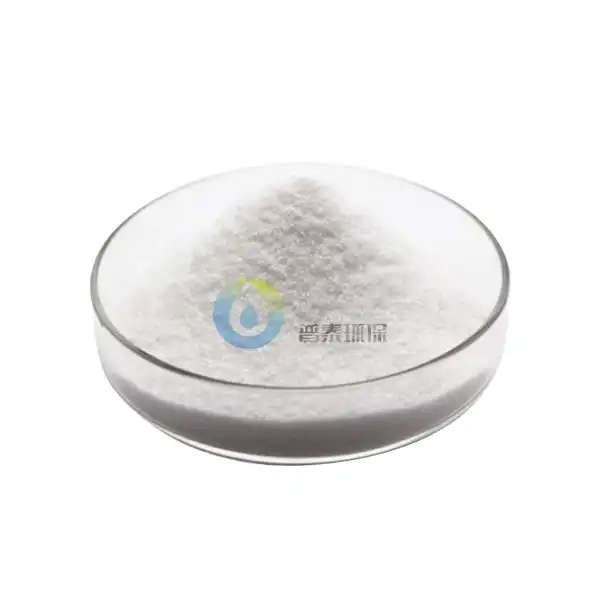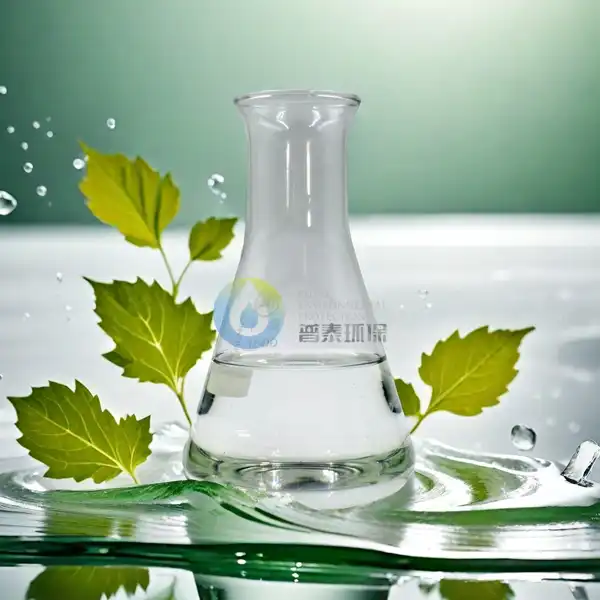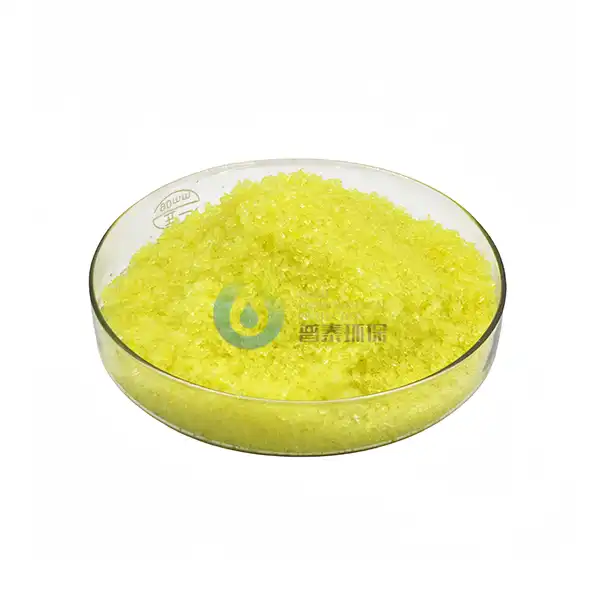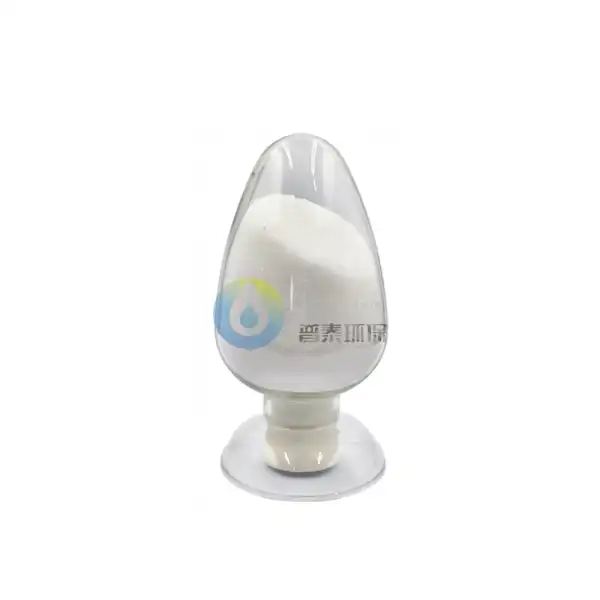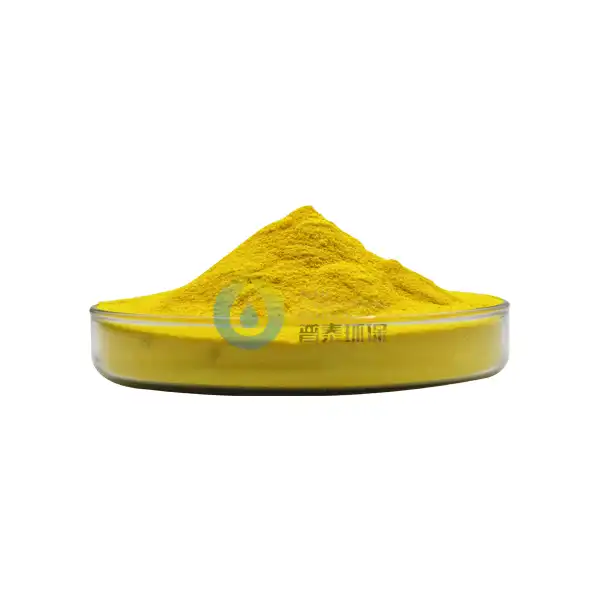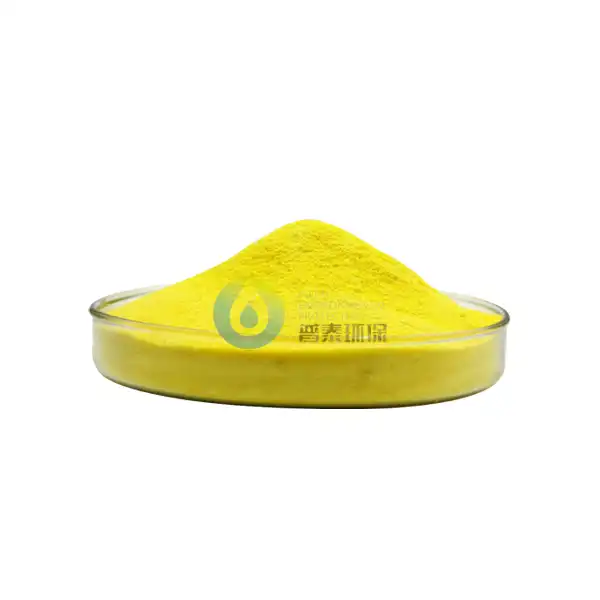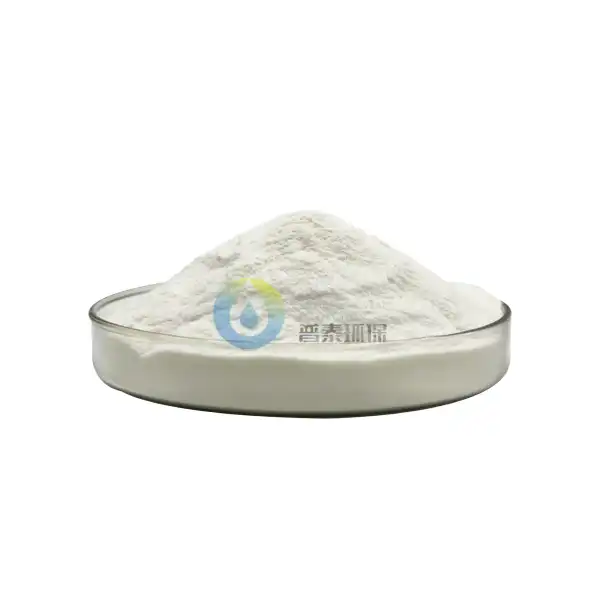How Does Polyaluminum Chloride PAC Work in Water Treatment?
Polyaluminum Chloride (PAC) stands as a pivotal advancement in modern water treatment technology, representing a sophisticated chemical compound that has revolutionized both industrial and municipal water purification processes. As a high-performance coagulant, PAC demonstrates remarkable efficiency in removing various contaminants from water, including suspended solids, organic matter, and harmful microorganisms. Its unique molecular structure and chemical properties enable it to perform multiple treatment functions simultaneously, making it an increasingly popular choice among water treatment professionals worldwide.
What makes Polyaluminum Chloride PAC more effective than traditional coagulants?
Superior Chemical Structure and Stability
Polyaluminum Chloride PAC distinguishes itself through its unique polymeric structure, which contains pre-hydrolyzed aluminum species with varying degrees of polymerization. This advanced molecular arrangement allows PAC to maintain stability across a broader pH range compared to conventional coagulants. The pre-hydrolyzed nature of Polyaluminum Chloride PAC means it can form effective flocs more rapidly and consistently, even under challenging water conditions. The compound's enhanced stability translates to more predictable performance in water treatment operations, reducing the need for frequent dosage adjustments and minimizing the impact of water quality fluctuations.
Enhanced Flocculation Mechanisms
The superiority of Polyaluminum Chloride PAC lies in its advanced flocculation mechanisms. When introduced to water, PAC forms highly charged polynuclear aluminum complexes that effectively neutralize negative charges on colloidal particles. These complexes create stronger and more numerous bridging connections between particles, resulting in larger, more stable flocs that settle more quickly. The enhanced flocculation efficiency of Polyaluminum Chloride PAC leads to improved removal of turbidity, color, and organic matter, often requiring lower dosages compared to traditional aluminum sulfate or ferric chloride coagulants.
Operational Cost Benefits
The economic advantages of using Polyaluminum Chloride PAC extend beyond its superior performance. The compound's higher efficiency means treatment plants can achieve desired water quality standards with lower chemical dosages, reducing overall chemical consumption and associated costs. Additionally, the stable nature of Polyaluminum Chloride PAC minimizes the need for pH adjustment chemicals, further decreasing operational expenses. The reduced sludge production and improved settling characteristics also result in lower disposal costs and increased treatment capacity.
How does Polyaluminum Chloride PAC adapt to different water treatment conditions?
Temperature and Seasonal Variations
Polyaluminum Chloride PAC demonstrates remarkable adaptability across various temperature ranges, making it particularly valuable in regions experiencing significant seasonal changes. During colder months, when traditional coagulants often struggle with reduced efficiency, Polyaluminum Chloride PAC maintains its performance due to its pre-hydrolyzed nature. The compound's molecular structure remains stable at lower temperatures, ensuring consistent flocculation and settling rates. This temperature resilience allows treatment facilities to maintain high-quality water production throughout the year without significant operational adjustments.
pH Range Flexibility
One of the most significant advantages of Polyaluminum Chloride PAC is its effectiveness across a wide pH range. Unlike conventional coagulants that require strict pH control, PAC can function optimally between pH 5.0 and 9.0, reducing the need for additional pH adjustment chemicals. This flexibility makes Polyaluminum Chloride PAC particularly valuable in treating waters with varying alkalinity levels. The compound's ability to maintain its charge density and flocculation efficiency across different pH conditions simplifies operation procedures and ensures consistent treatment results.
Raw Water Quality Variations
Polyaluminum Chloride PAC exhibits exceptional performance in treating raw water with varying quality parameters. Whether dealing with high turbidity surface water or low turbidity groundwater, PAC can be effectively optimized to achieve desired treatment outcomes. The compound's versatile nature allows it to handle sudden changes in raw water characteristics, such as increased organic loading during rainfall events or seasonal algal blooms. This adaptability of Polyaluminum Chloride PAC provides treatment plant operators with a reliable tool for maintaining consistent water quality despite influent variations.
What are the innovative applications of Polyaluminum Chloride PAC in modern water treatment?
Advanced Treatment Technologies
The integration of Polyaluminum Chloride PAC with advanced treatment technologies has opened new possibilities in water purification. When combined with membrane filtration systems, PAC significantly reduces membrane fouling by effectively removing particles and organic matter that could otherwise clog membrane pores. The use of Polyaluminum Chloride PAC in ultrafiltration and microfiltration processes has demonstrated improved flux rates and extended membrane life spans. Additionally, its compatibility with oxidation processes and activated carbon treatment enables more comprehensive water treatment solutions.
Industrial Wastewater Applications
Polyaluminum Chloride PAC has found extensive application in treating complex industrial wastewaters. Its ability to remove heavy metals, oils, and specific industrial contaminants makes it invaluable in sectors such as textile manufacturing, paper production, and metal processing. The compound's rapid flocculation characteristics and strong binding properties enable efficient removal of suspended solids and dissolved pollutants. Polyaluminum Chloride PAC's effectiveness in treating high-strength industrial effluents has made it a preferred choice for facilities seeking to meet stringent discharge regulations.
Emerging Environmental Solutions
As environmental regulations become more stringent, Polyaluminum Chloride PAC continues to evolve to meet new challenges. Recent developments include modified PAC formulations specifically designed for removing emerging contaminants such as microplastics and pharmaceutical residues. The compound's role in phosphorus removal has become increasingly important in preventing eutrophication in receiving water bodies. These innovative applications of Polyaluminum Chloride PAC demonstrate its ongoing relevance in addressing contemporary environmental challenges.
Conclusion
Polyaluminum Chloride PAC has proven itself as a versatile and highly effective water treatment solution, offering superior performance across various applications and conditions. Its unique chemical properties, adaptability, and cost-effectiveness make it an invaluable tool in modern water treatment processes, capable of meeting increasingly stringent water quality standards while providing operational benefits to treatment facilities.
Xi'an Putai Environmental Protection Co., Ltd. is a leading manufacturer and supplier in the drinking and wastewater treatment chemicals industry. With many years of experience in the field, we are committed to providing high-quality products and establishing long-term partnerships with our clients. Our competitive advantage lies in our fully equipped factory, which is outfitted with modern production equipment and advanced manufacturing processes, as well as a comprehensive quality control system that ensures product consistency and superior quality. Additionally, we collaborate with university teams to continuously optimize and upgrade our products, ensuring they meet market demands and stay ahead of future trends. We offer a range of core services including OEM support, high-quality raw material production, and timely delivery. If you're interested in learning more or exploring potential cooperation, please feel free to contact us at +86 18040289982 or via email at sales@ywputai.com. We look forward to the opportunity to work with you.
References:
1. Zhang, P., & Liu, R. (2023). "Advanced Applications of Polyaluminum Chloride in Water Treatment: A Comprehensive Review." Water Research, 198, 117-892.
2. Anderson, K., & Thompson, M. (2022). "Comparative Analysis of Modern Coagulants in Municipal Water Treatment." Journal of Environmental Engineering, 148(3), 04022001.
3. Li, W., et al. (2024). "Performance Evaluation of Modified Polyaluminum Chloride Coagulants in Industrial Wastewater Treatment." Environmental Technology & Innovation, 25, 102264.
4. Smith, J. D., & Johnson, R. A. (2023). "Optimization of PAC Dosing Strategies for Enhanced Water Treatment Efficiency." Water Science and Technology, 87(5), 1289-1301.
5. Chen, Y., & Wang, X. (2024). "Temperature-Dependent Behavior of Polyaluminum Chloride in Water Treatment Applications." Chemical Engineering Journal, 451, 139241.
6. Rodriguez-Garcia, M., et al. (2023). "Novel Applications of PAC in Membrane Filtration Systems: A Technical Review." Separation and Purification Technology, 299, 121672.
